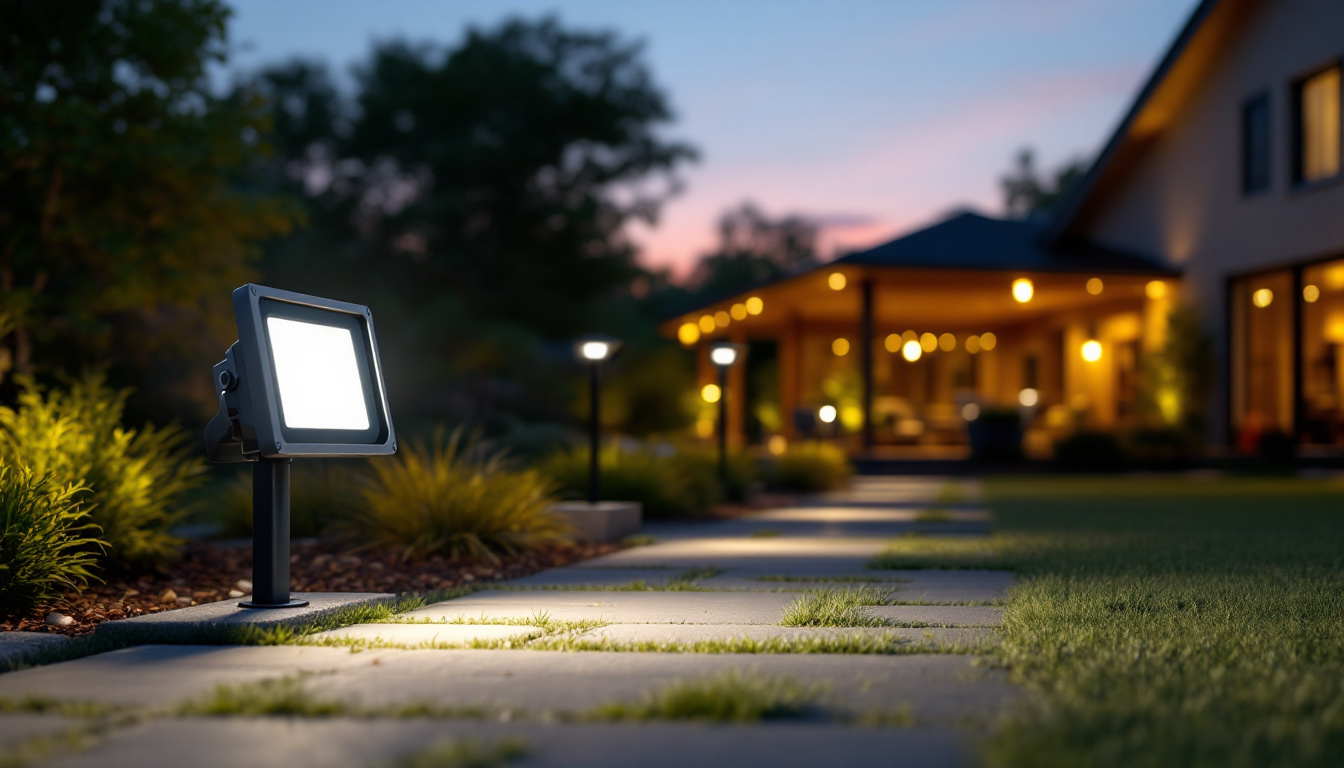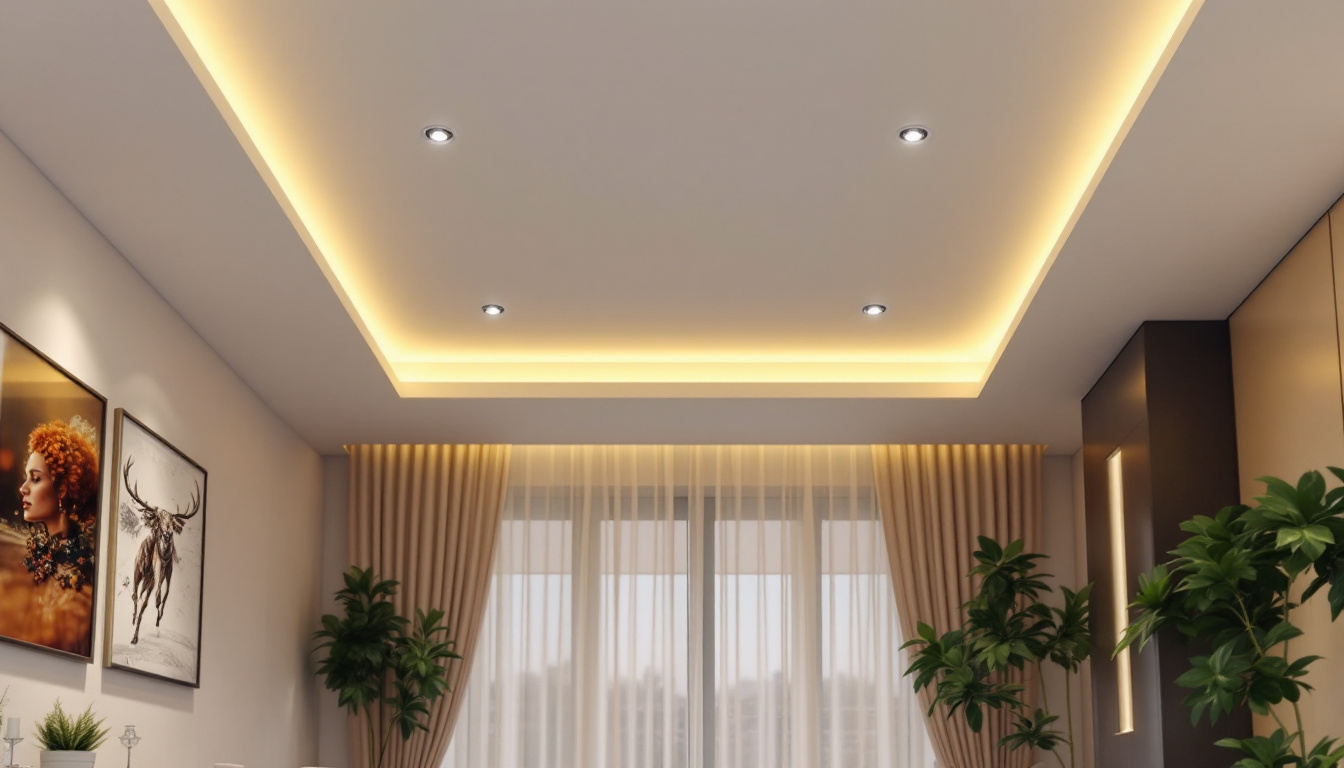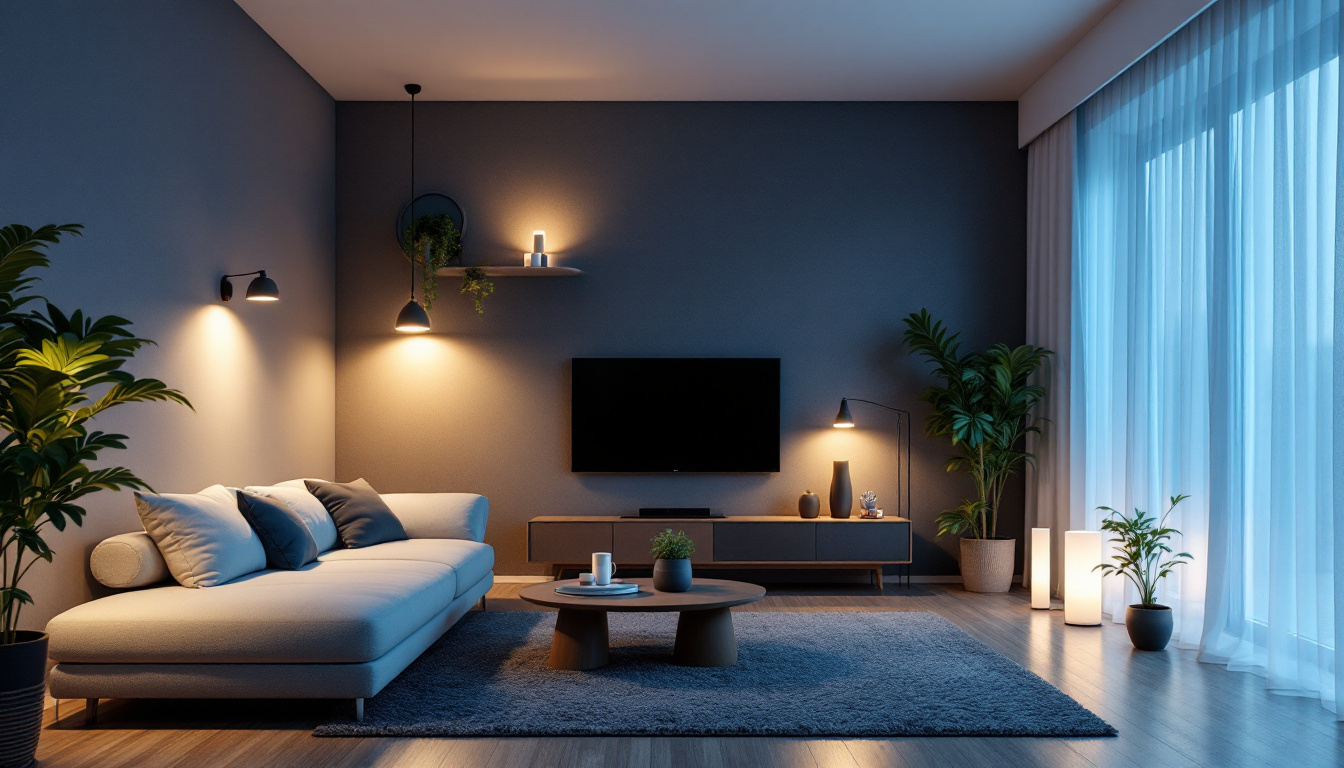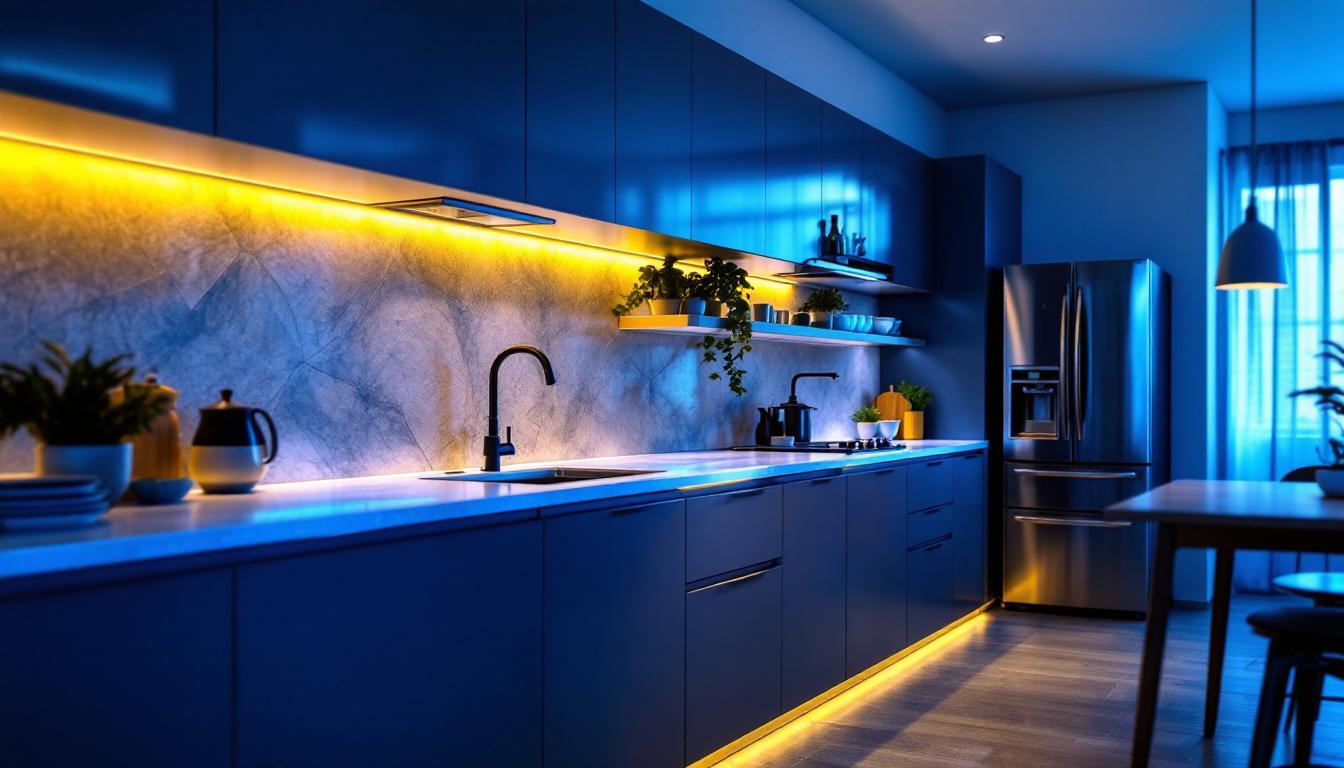
As the demand for energy-efficient lighting solutions continues to rise, outdoor flood lights equipped with LED technology have become a popular choice among both residential and commercial property owners. However, lighting contractors often encounter various questions when it comes to selecting, installing, and maintaining these fixtures. This article aims to address some of the most common inquiries that lighting contractors have regarding outdoor LED flood lights, providing insights that can enhance their understanding and service offerings.
LED flood lights stand out from traditional lighting options due to their energy efficiency, longevity, and lower heat output. Unlike incandescent bulbs, which convert a significant portion of energy into heat, LEDs use a different mechanism that allows them to produce light with minimal heat generation. This efficiency not only reduces energy bills but also minimizes the risk of overheating, making LEDs a safer option for outdoor applications.
Moreover, LED flood lights typically have a lifespan of up to 50,000 hours or more, significantly outlasting traditional bulbs. This longevity means fewer replacements and maintenance costs, which is a crucial consideration for contractors managing multiple projects or installations. The durability of LED technology also means that these lights can withstand harsh weather conditions, including rain, snow, and extreme temperatures, making them ideal for outdoor use in various climates. Additionally, many LED flood lights come with robust housings that are resistant to impacts and corrosion, further enhancing their suitability for long-term outdoor deployment.
Brightness in LED flood lights is measured in lumens rather than watts, which can be confusing for those accustomed to traditional lighting. A higher lumen output indicates a brighter light, making it essential for contractors to understand the specific needs of a project. For instance, an area requiring high visibility, such as a parking lot or security lighting, may necessitate flood lights with a higher lumen rating. This shift in measurement not only emphasizes the efficiency of LED technology but also allows for more precise lighting solutions tailored to specific environments.
Contractors should also consider the color temperature of the LED lights. Measured in Kelvin (K), this affects the ambiance of the space. A cooler light (5000K) is ideal for security applications, while warmer lights (3000K) can create a more inviting atmosphere for residential settings. Additionally, the choice of color temperature can influence how colors appear in the illuminated area, which is particularly important for retail environments where product presentation is key. Understanding the interplay between brightness and color temperature allows contractors to create well-lit spaces that meet both functional and aesthetic needs, enhancing the overall experience for users.
Proper installation is critical for maximizing the efficiency and effectiveness of LED flood lights. Contractors should begin by assessing the specific requirements of the site, including the desired brightness, coverage area, and mounting height. Typically, flood lights should be installed at a height that allows for optimal light distribution while minimizing glare for pedestrians and drivers.
Additionally, ensuring that the fixtures are securely mounted and weatherproofed is essential for outdoor applications. Using appropriate mounting brackets and ensuring that all electrical connections are waterproof can prevent damage from environmental factors. It’s also advisable to follow the manufacturer’s guidelines for installation to ensure compliance with safety standards.
When installing LED flood lights, contractors must pay attention to the electrical requirements of the fixtures. Most LED flood lights operate on low voltage, which can simplify installation but may require additional transformers or converters. Understanding the power supply and ensuring that the circuit can handle the load is crucial to prevent overloading and potential failures.
Moreover, contractors should consider the use of timers or motion sensors to enhance energy efficiency. These devices can automatically turn lights on or off based on the time of day or movement in the area, further reducing energy consumption and extending the lifespan of the fixtures.
While LED flood lights are known for their durability, regular maintenance is still essential to ensure optimal performance. Contractors should recommend periodic inspections to check for any signs of wear or damage. This includes examining the fixtures for dirt and debris, which can obstruct light output, as well as ensuring that all electrical connections remain secure.
Cleaning the fixtures with a soft cloth and mild detergent can help maintain their brightness and efficiency. Additionally, contractors should advise clients on the importance of keeping the surrounding area free from obstructions that could block the light, such as overgrown shrubs or debris.
Despite their reliability, LED flood lights can occasionally experience issues. One common problem is flickering, which may indicate a loose connection or an incompatible dimmer switch. Contractors should check all connections and ensure that the dimmer is rated for LED use.
Another issue may be premature failure, which can result from overheating or using fixtures not rated for outdoor conditions. Ensuring that the lights are adequately ventilated and selecting high-quality products designed for outdoor use can mitigate these problems. If a fixture fails, replacing it with a compatible LED model is often the best solution.
While the initial cost of LED flood lights may be higher than traditional lighting options, the long-term savings can be substantial. The energy efficiency of LEDs means that they consume significantly less power, leading to lower electricity bills over time. Additionally, their extended lifespan reduces the frequency of replacements, which can save on both material and labor costs.
Contractors should provide clients with a cost-benefit analysis that outlines the potential savings over the lifespan of the fixtures. This can help justify the initial investment and encourage clients to choose LED options for their outdoor lighting needs.
Many regions offer incentives for adopting energy-efficient lighting solutions, including rebates or tax credits for using LED technology. Contractors should stay informed about local programs that can benefit their clients, as this can further enhance the appeal of LED flood lights. By leveraging these incentives, contractors can help clients save money while promoting environmentally friendly practices.
In addition to functionality, outdoor lighting plays a significant role in landscape design. LED flood lights can be integrated seamlessly into various outdoor settings, enhancing the aesthetic appeal of gardens, pathways, and architectural features. Contractors should consider the overall design and ambiance desired by the client when selecting fixtures.
Using adjustable flood lights can provide flexibility in directing light to specific areas, creating focal points and enhancing the beauty of the landscape. Additionally, selecting fixtures with a sleek design can complement modern architecture while providing the necessary illumination.
Effective light placement is crucial for achieving the desired effect. Contractors should recommend a layered lighting approach that combines flood lights with other types of outdoor lighting, such as path lights or wall sconces. This creates a balanced illumination that enhances safety and highlights key features of the property.
When placing flood lights, it is essential to consider the angle and height of the fixtures. Positioning lights at different heights can create depth and dimension in the landscape, while ensuring that the light is directed away from living spaces to minimize glare.
The outdoor lighting industry is continually evolving, with new technologies and innovations emerging regularly. One notable trend is the integration of smart technology into LED flood lights. These fixtures can now be controlled remotely via smartphones or home automation systems, allowing users to adjust brightness, color, and timing with ease.
Additionally, advancements in solar-powered LED flood lights are gaining traction. These fixtures harness solar energy during the day and provide illumination at night, offering an eco-friendly alternative for outdoor lighting. Contractors should stay informed about these trends to offer clients the latest solutions that align with their needs and preferences.
As energy efficiency becomes a priority, regulations surrounding outdoor lighting are likely to become more stringent. Contractors must stay updated on local and national codes that govern outdoor lighting, including restrictions on light pollution and energy consumption. Compliance with these regulations will not only ensure that installations are legal but also promote responsible lighting practices.
By understanding and adapting to these regulations, contractors can position themselves as knowledgeable professionals in the field, providing clients with solutions that meet both aesthetic and regulatory requirements.
Outdoor LED flood lights offer a multitude of benefits, including energy efficiency, longevity, and versatility. By addressing common questions and concerns, lighting contractors can enhance their expertise and provide valuable guidance to clients. From understanding the technology and installation best practices to exploring cost considerations and future trends, staying informed is essential for success in the ever-evolving landscape of outdoor lighting.
Ultimately, the shift towards LED technology represents a significant opportunity for contractors to improve their service offerings while contributing to a more sustainable future. By embracing these advancements and addressing client inquiries with confidence, lighting contractors can establish themselves as trusted experts in outdoor flood lighting solutions.
Ready to elevate your lighting projects with the efficiency and quality of LED flood lights? Look no further than LumenWholesale for all your lighting needs. Our spec-grade lighting products are designed to meet the highest industry standards, providing you with reliable and high-performance solutions for any outdoor space. With unbeatable wholesale prices and the convenience of free shipping on bulk orders, you can trust LumenWholesale to deliver exceptional value without any hidden fees. Make the smart choice for your lighting projects and experience the best in wholesale lighting at the best value today.

Discover the essential facts about can lights in ceilings with insights from top lighting contractors.

Discover how LED lights are revolutionizing home lighting for contractors.

Discover essential best practices for lighting contractors with Wallplate Warehouse.

Discover the essential insights into under cabinet LED kitchen lights with answers to common questions from lighting contractors.